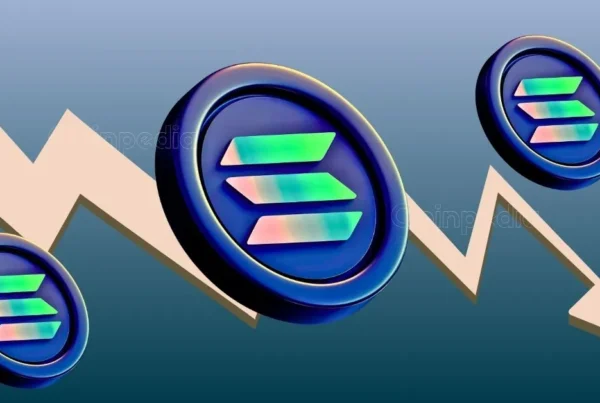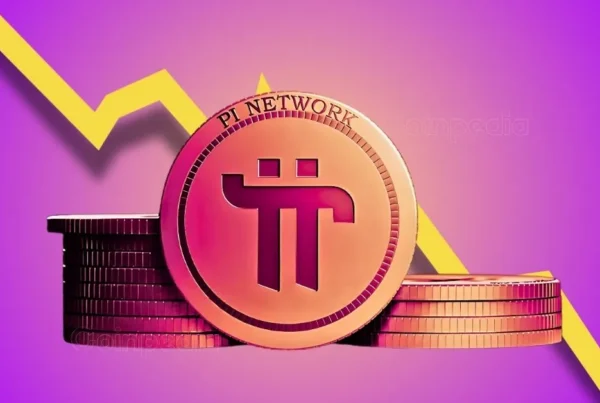Ethereum L2s: The Interoperability Roadmap
Introduction
The Ethereum ecosystem has been grappling with scalability issues for years, leading to the development of layer-2 (L2) solutions. While these L2s have improved transaction speeds and reduced costs, they have also created a fragmented landscape. This guide explores the current state of interoperability among Ethereum’s L2 solutions, the initiatives underway to unify them, and what this means for the future of Ethereum.
The Interoperability Challenge
-
Fragmentation: With over 55 rollups, each essentially isolated, users have faced challenges moving assets between L2s, often relying on expensive and risky bridges.
-
Impact on User Experience: The lack of seamless interaction between different L2s has not only complicated the user experience but also affected Ethereum’s sentiment and price.
Solutions on the Horizon
-
Crosschain Swaps: In the coming months, Ethereum aims to enable simple crosschain swaps between tokens on different L2s, reducing the need for users to interact directly with Ethereum’s layer-1 (L1) for asset transfers.
-
Standardized Messaging: Efforts like Ethereum Improvement Proposal (EIP)-7683 aim to standardize crosschain communication, allowing for trustless messaging between L2s without the need for centralized bridges.
-
Human-Readable Addresses: EIP-3370 introduces a new standard for addresses that are chain-specific and human-readable, simplifying the user experience across different L2s.
Key Initiatives
-
Polygon’s AggLayer: Polygon’s approach to interoperability involves unifying liquidity and user experience across chains with features like proof aggregation, fast confirmation, and atomic interactions.
-
Optimism’s Superchain: This initiative connects linked L2s like Base and Optimism, aiming for a seamless experience where users don’t feel like they’re navigating multiple blockchains.
-
Based Rollups: Proposed by Justin Drake, based rollups could push transaction sequencing back to Ethereum’s L1, fostering native interoperability among rollups.
Technological Innovations
-
Shared Sequencers: Projects like Espresso and Astria are developing shared sequencers to enable synchronous transactions and composability between different L2s.
-
Single-Slot Finality (SSF): Ethereum developers are working towards SSF, which would reduce the time for transaction finality, thus enhancing rollup interoperability.
Future Outlook
-
Unified Ethereum Ecosystem: The vision is to make using Ethereum L2s feel like using a single, cohesive ecosystem rather than juggling multiple blockchains. This would not only improve user experience but also reinvigorate Ethereum’s DeFi and broader dApp ecosystem.
-
Challenges Ahead: Despite the promising roadmaps, there are concerns about incentives for L2s to become more interoperable, potential security trade-offs, and the technical complexities of achieving true real-time interoperability.
Conclusion
Ethereum’s layer-2 solutions are on the cusp of significant advancements in interoperability, promising to transform the fragmented landscape into a more unified and efficient ecosystem. These developments could restore Ethereum’s position as a leading blockchain for decentralized applications by making transactions faster, cheaper, and more user-friendly. However, the journey towards full interoperability will require continued collaboration, innovation, and careful consideration of the economic incentives that drive L2 development.



